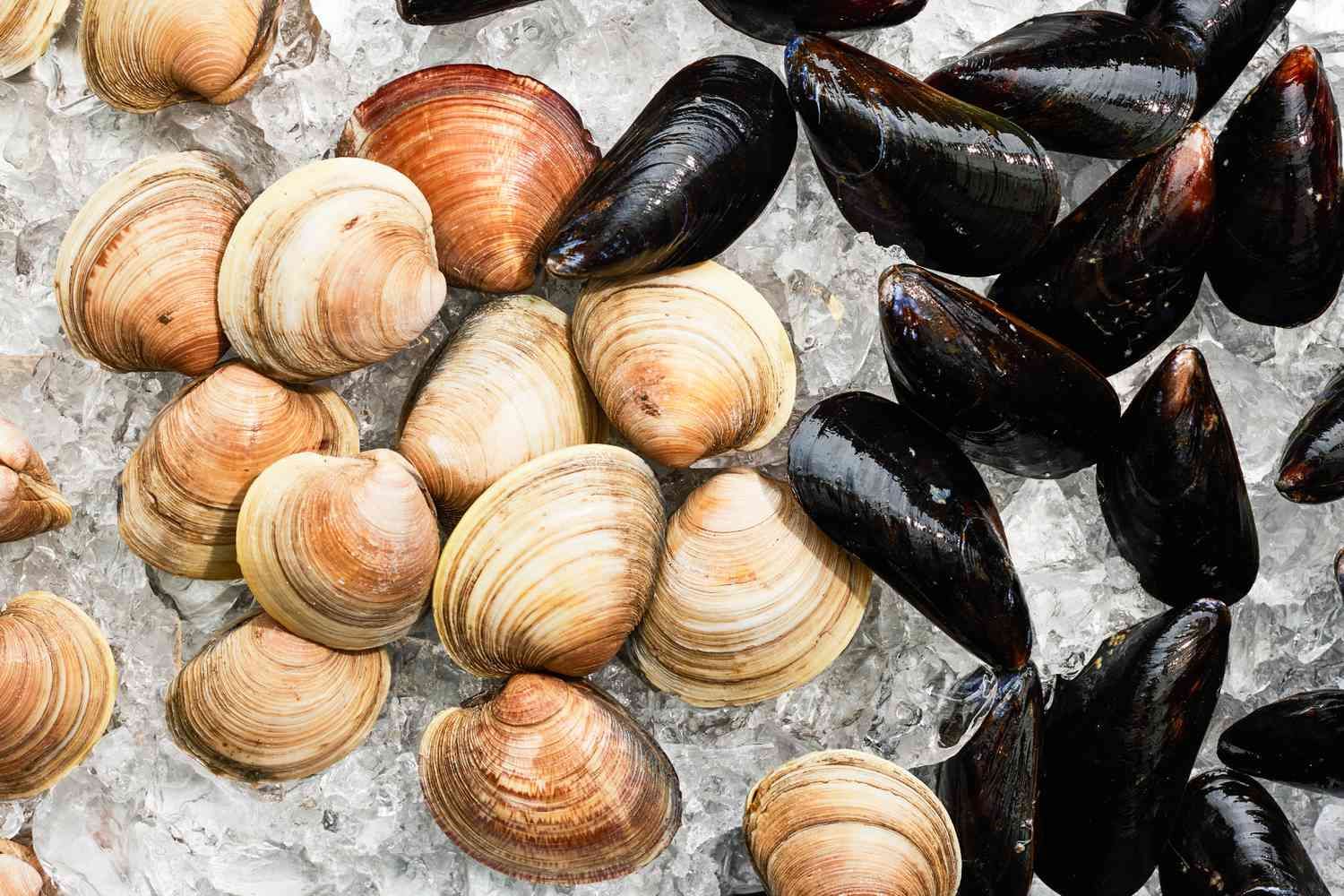

Articles
How To Store Mussels And Clams
Modified: August 16, 2024
Learn how to store mussels and clams properly with these helpful articles. Keep your shellfish fresh and delicious with our expert tips and techniques.
(Many of the links in this article redirect to a specific reviewed product. Your purchase of these products through affiliate links helps to generate commission for Storables.com, at no extra cost. Learn more)
Introduction
When it comes to enjoying the delicious flavors of seafood, mussels and clams are often at the top of the list. These shellfish are not only packed with nutrients, but they also offer a unique and satisfying taste. Whether you plan to use them in a hearty seafood stew, pasta dish, or enjoy them on their own, it’s important to know how to store mussels and clams properly to maintain their freshness and flavor.
In this article, we will guide you through the process of choosing, cleaning, and storing mussels and clams, so you can enjoy them at their best. We will cover techniques for storing them in the refrigerator, freezing them for future use, and storing cooked mussels and clams. Let’s dive in and discover the best practices for keeping these delectable shellfish fresh and ready for your culinary creations.
Key Takeaways:
- Choose fresh, live mussels and clams with closed shells and a pleasant smell. Clean them just before cooking to maintain their freshness and flavor, and store in the refrigerator for 1-2 days for optimal quality.
- Extend the shelf life of mussels and clams by freezing them after blanching and removing the meat from the shells. Properly labeled and stored, they can maintain their quality for up to three months, allowing you to enjoy these delectable shellfish even when they are out of season.
Read more: How To Store Razor Clams
Choosing Fresh Mussels and Clams
When selecting mussels and clams, it’s essential to choose ones that are fresh and alive. Here are a few key factors to consider:
- Look for shells that are tightly closed or slightly open. Avoid mussels or clams with shells that are wide open, as this may indicate that they are dead and unsafe for consumption.
- Check the smell. Fresh mussels and clams should have a pleasant, briny odor, similar to the sea. If they emit a strong, fishy smell, it may be a sign of spoilage.
- Inspect the shell. Avoid mussels or clams with broken or cracked shells, as these may indicate that they have been mishandled or are past their prime.
- Choose mussels and clams that feel heavy for their size. This indicates that they are full of meat and are more likely to be juicy and flavorful.
It’s important to note that the mussels and clams should be kept alive until you are ready to cook them. Once shellfish die, they can quickly spoil and become unsafe to eat.
When purchasing mussels and clams, it’s best to buy them from a reputable seafood market or fishmonger who sources their shellfish from trusted suppliers. They can provide you with high-quality, fresh shellfish that have been handled and stored properly.
By carefully selecting fresh mussels and clams, you’re setting the groundwork for a delicious and safe seafood experience.
Cleaning and Preparing Mussels and Clams
Before storing mussels and clams, it’s important to properly clean and prepare them. Here are the steps to follow:
- Inspect the shells: Before cleaning, check each mussel and clam individually. Discard any that have cracked or broken shells, as they may be contaminated or dead.
- Remove any beards: Mussels naturally have a byssal thread, commonly known as a beard, which helps them attach to surfaces. To remove the beard, hold the mussel firmly and tug the threads towards the hinge of the shell. Clams do not have beards.
- Scrub the shells: Rinse the mussels and clams under cold running water to remove any dirt or debris. Use a vegetable brush to gently scrub the shells, paying particular attention to any barnacles or other visible impurities.
- Discard any open shells: If any shells fail to close when tapped or gently squeezed, discard them. This is an indication that the shellfish is dead and may not be safe to consume.
- Cover in a damp cloth: Once cleaned, place the mussels and clams in a bowl and cover them with a damp cloth or paper towel. This helps to keep them moist and prevents them from drying out.
It’s worth noting that cleaning and preparing mussels and clams should ideally be done just before cooking them. This ensures that they stay fresh and maintain their quality.
By following these simple steps, you can ensure that your mussels and clams are clean, fresh, and ready to be stored or prepared for a delightful seafood feast.
Storing Mussels and Clams in the Refrigerator
Storing mussels and clams properly in the refrigerator is crucial to maintaining their freshness. Follow these steps to keep them in optimal condition:
- Prepare a breathable container: Place the mussels and clams in a shallow container, such as a bowl or a tray. Avoid using an airtight container, as it can cause the shellfish to suffocate and spoil.
- Add moisture: To keep the mussels and clams moist, you can add a damp cloth to the container. This will help prevent them from drying out while in the refrigerator.
- Cover loosely: Use a loose-fitting lid or plastic wrap to cover the container, allowing for some airflow. This will help maintain a stable environment without causing excessive condensation.
- Store in the coldest part of the refrigerator: Place the container of mussels and clams in the coldest part of the refrigerator, typically the bottom shelf or the back. This will help maintain a consistent temperature and prevent fluctuations that may affect their quality.
- Use within a day or two: It’s best to consume the mussels and clams within one to two days of purchase for optimal freshness and flavor. The longer they are stored, the more their quality may deteriorate.
Remember to check on the mussels and clams daily and discard any that have opened or appear to be spoiled. It’s paramount to prioritize your safety when consuming seafood.
By storing mussels and clams in the refrigerator following these guidelines, you can extend their shelf life and enjoy their delicious taste while ensuring food safety.
Store mussels and clams in the refrigerator in a breathable container, such as a mesh bag or a bowl covered with a damp cloth. Keep them cold and moist, and use them within 1-2 days for the best quality.
Freezing Mussels and Clams
If you want to extend the shelf life of mussels and clams beyond a few days, freezing them is a great option. Here’s how you can freeze mussels and clams:
- Blanching: Start by blanching the mussels and clams in boiling water for a minute or two. This step helps to kill any bacteria and loosens the shells, making it easier to remove the meat.
- Remove from shells: Once blanched, carefully remove the mussel and clam meat from their shells. Discard any shells that are cracked or have not opened during the blanching process.
- Cool and drain: Allow the mussels and clams to cool completely before draining any excess liquid. Pat them dry with a paper towel to remove any remaining moisture.
- Portion and package: Divide the mussel and clam meat into portions that you will likely use in one sitting. Place each portion in a freezer-safe bag or container, removing as much air as possible to prevent freezer burn.
- Label and freeze: Label the freezer bags or containers with the date and contents, then place them in the freezer. Ensure they are stored in a flat position to maximize space and avoid any damage to the shellfish.
When stored properly, frozen mussels and clams can maintain their quality for up to three months. However, it’s important to note that their texture may change slightly after freezing, becoming slightly softer.
When you’re ready to use the frozen mussels and clams, thaw them in the refrigerator overnight. Avoid thawing them at room temperature or in warm water as the quick temperature change can affect their texture. Once thawed, you can incorporate them into your favorite recipes just like fresh shellfish.
By freezing mussels and clams, you can stock up on these delectable shellfish and enjoy them even when they are out of season.
Read more: How To Store Cooked Clams
Storing Cooked Mussels and Clams
If you have cooked mussels and clams leftover from a delicious seafood feast, you can store them properly to enjoy later. Follow these steps to store cooked mussels and clams:
- Cool down quickly: After cooking, allow the mussels and clams to cool down to room temperature before storing them. You can place them in a shallow dish or pan to speed up the cooling process.
- Remove from shells (optional): If desired, remove the mussel and clam meat from their shells after they have cooled. This can make it easier to store and reheat them, but it is not necessary.
- Transfer to airtight containers: Place the cooked mussels and clams in airtight containers or freezer bags. Ensure that the containers are properly sealed to prevent any air from entering.
- Label and date: It’s important to label the containers or bags with the date of storage. This will help you keep track of how long they have been stored and ensure their freshness.
- Refrigerate or freeze: If you plan to consume the cooked mussels and clams within two to three days, store them in the refrigerator. If you want to keep them for a longer period, it’s best to freeze them.
When stored in the refrigerator, cooked mussels and clams can stay fresh for up to three days. If you choose to freeze them, they can maintain their quality for up to three months.
To use the stored cooked mussels and clams, thaw them in the refrigerator if frozen. Once thawed, you can reheat them gently on the stovetop or in the oven, being careful not to overcook them and make them rubbery.
By properly storing cooked mussels and clams, you can easily enjoy the leftovers and savor their delicious flavors at a later time.
Tips for Proper Storage
To ensure the best storage conditions for mussels and clams, here are some additional tips to keep in mind:
- Discard any dead shellfish: Before storing or cooking, it’s crucial to identify and discard any mussels or clams that are dead. If the shells are open and do not close when tapped, it indicates that they are dead and should not be consumed.
- Do not store in freshwater: Mussels and clams are saltwater shellfish, so avoid storing them in freshwater or tap water. Freshwater can cause them to lose their natural salinity and affect their quality.
- Avoid storing in airtight containers: As mentioned before, it’s essential to store mussels and clams in breathable containers. Avoid using airtight containers as it can cause a buildup of moisture and negatively impact the freshness of the shellfish.
- Store separately: If you have a mix of mussels and clams, it’s best to store them separately. Mussels tend to have a higher water content and can release excess moisture, which may affect the texture and taste of the clams.
- Rotate stock: If you plan to store mussels and clams for an extended period, it’s a good practice to rotate your stock. Use the oldest shellfish first to ensure you are consuming them when they are at their freshest.
- Keep track of expiration dates: If you purchased the mussels and clams from a seafood market, check the sell-by or expiration date on the packaging. It’s important to consume them before the indicated date for the best quality.
- Follow proper cooking techniques: Cooking shellfish thoroughly is essential to ensure food safety. Avoid undercooking or consuming raw shellfish, as it can lead to the risk of foodborne illnesses.
By following these tips, you can maintain the quality and flavor of your mussels and clams throughout their storage period, and enjoy them in your favorite dishes with confidence.
Conclusion
Knowing how to properly store mussels and clams is essential for preserving their freshness and flavor. By following the guidelines outlined in this article, you can ensure that your shellfish remains safe to eat and maintains its quality until you’re ready to cook and enjoy it.
When selecting mussels and clams, choose those with tightly closed shells or those that open slightly when tapped. Avoid shells that are open wide, as this may indicate that the shellfish is dead.
Cleaning and preparing mussels and clams involves inspecting the shells, removing any beards, and scrubbing them to remove dirt. It’s important to clean them just before cooking to ensure their freshness.
Proper storage of mussels and clams in the refrigerator involves using breathable containers, adding moisture, and storing them in the coldest part of the fridge. They should be consumed within one to two days for the best quality.
If you have excess mussels and clams or want to stock up for the future, freezing them is a convenient option. Blanch them, remove the meat from the shells if desired, portion them, and store them in airtight containers or freezer bags.
Storage of cooked mussels and clams requires proper cooling, storing in airtight containers, and labeling with the date of storage. They can be refrigerated for a few days or frozen for longer-term storage.
Remember to follow food safety guidelines, check for any signs of spoilage, and discard any shellfish that appear dead or have an off odor.
By following these tips and techniques, you can confidently store and enjoy mussels and clams, creating delicious seafood dishes whenever your cravings strike. So go ahead, explore new recipes, and indulge in the delectable flavors of these beautiful shellfish.
Frequently Asked Questions about How To Store Mussels And Clams
Was this page helpful?
At Storables.com, we guarantee accurate and reliable information. Our content, validated by Expert Board Contributors, is crafted following stringent Editorial Policies. We're committed to providing you with well-researched, expert-backed insights for all your informational needs.
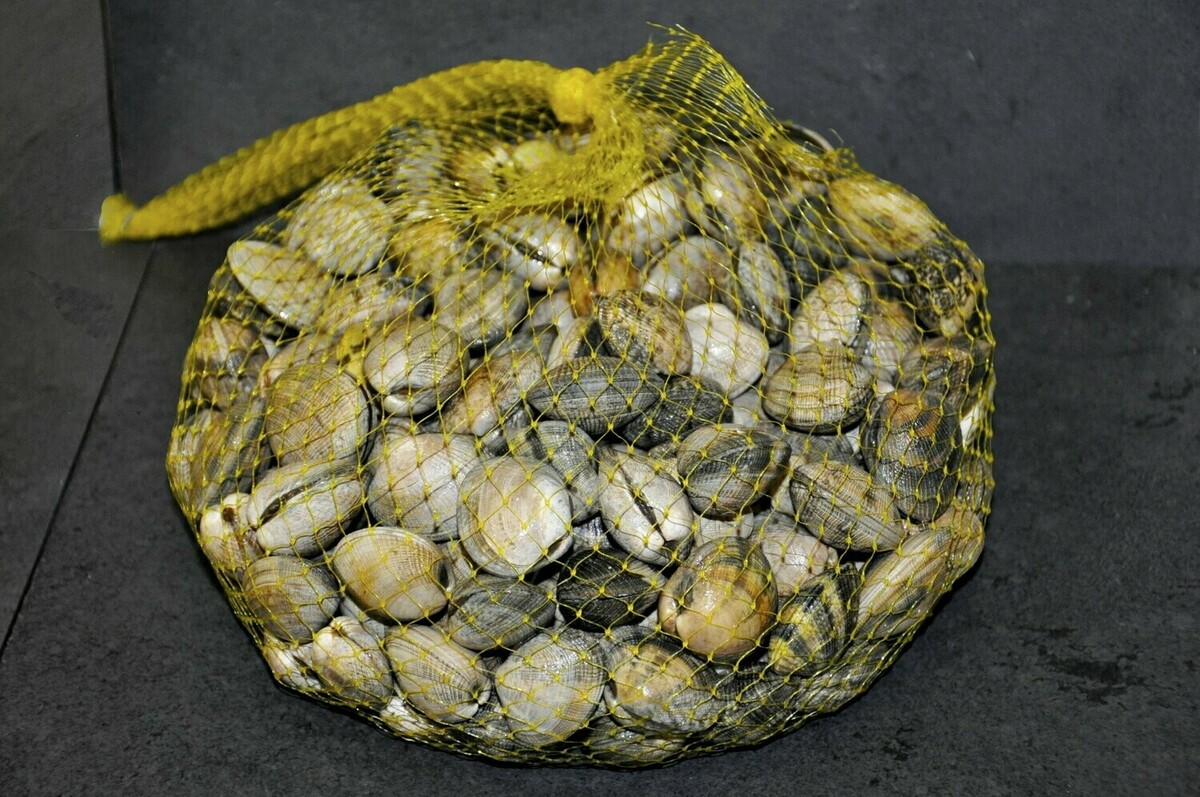
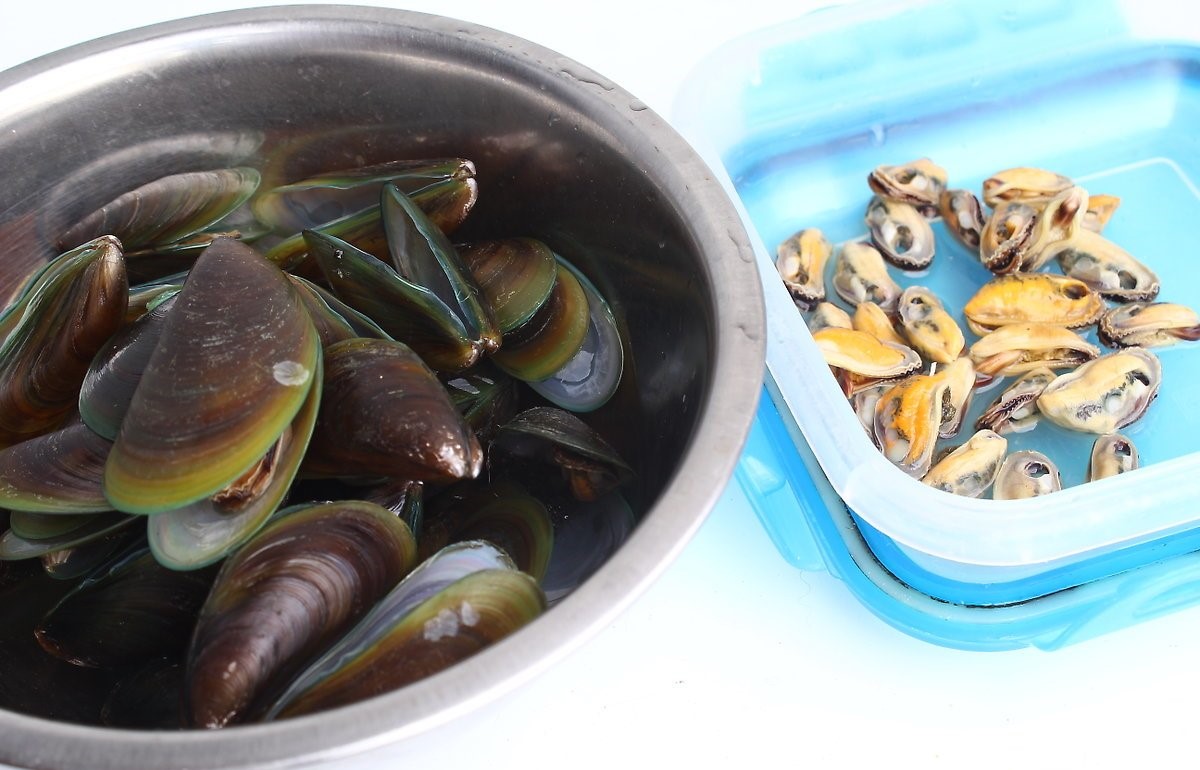
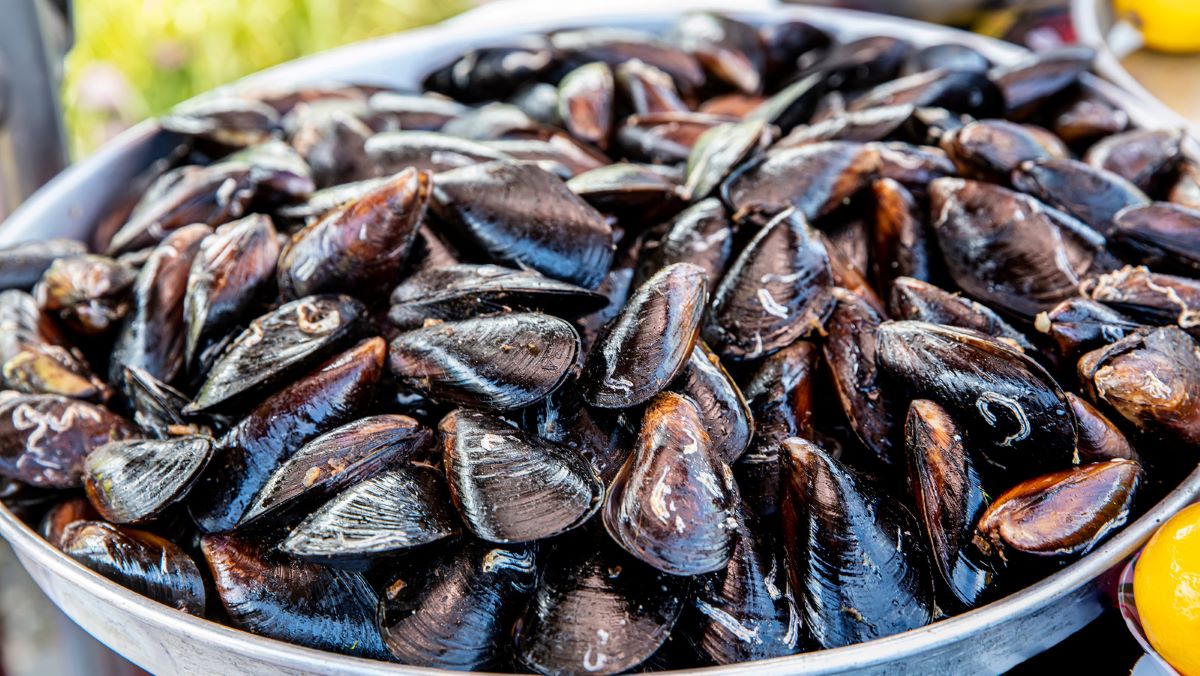
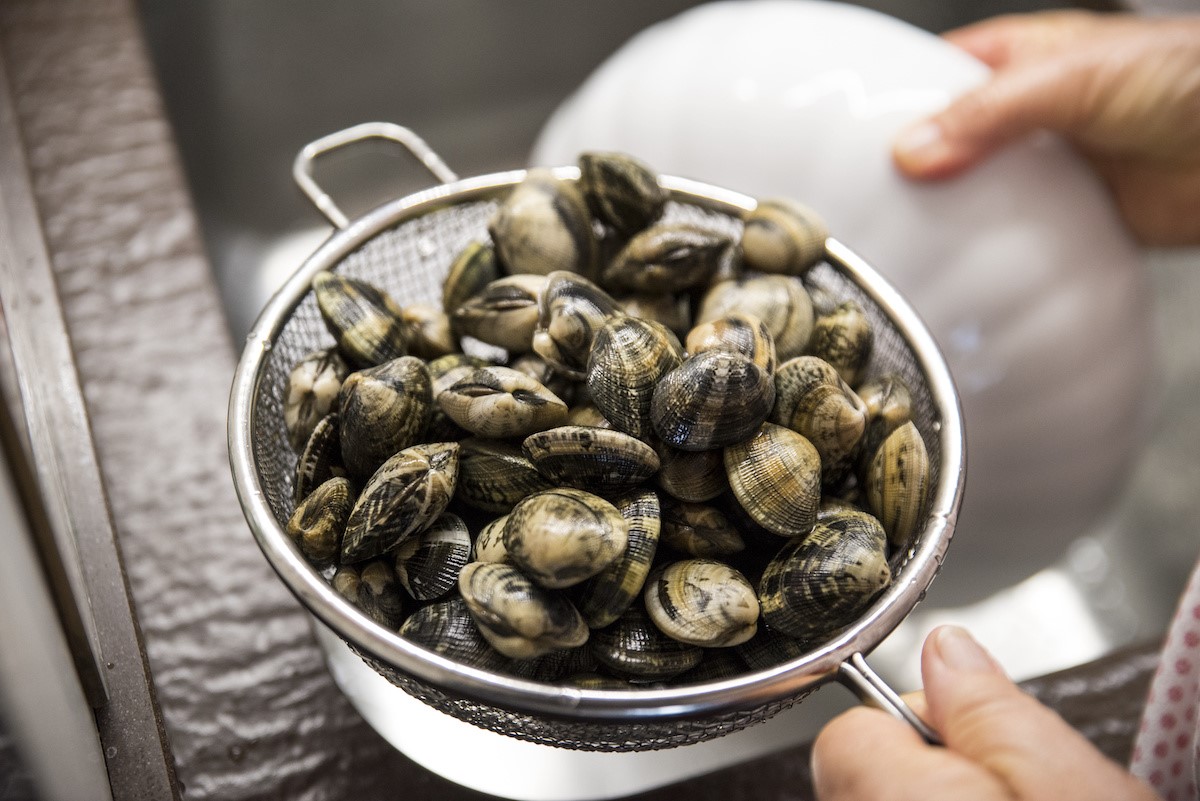

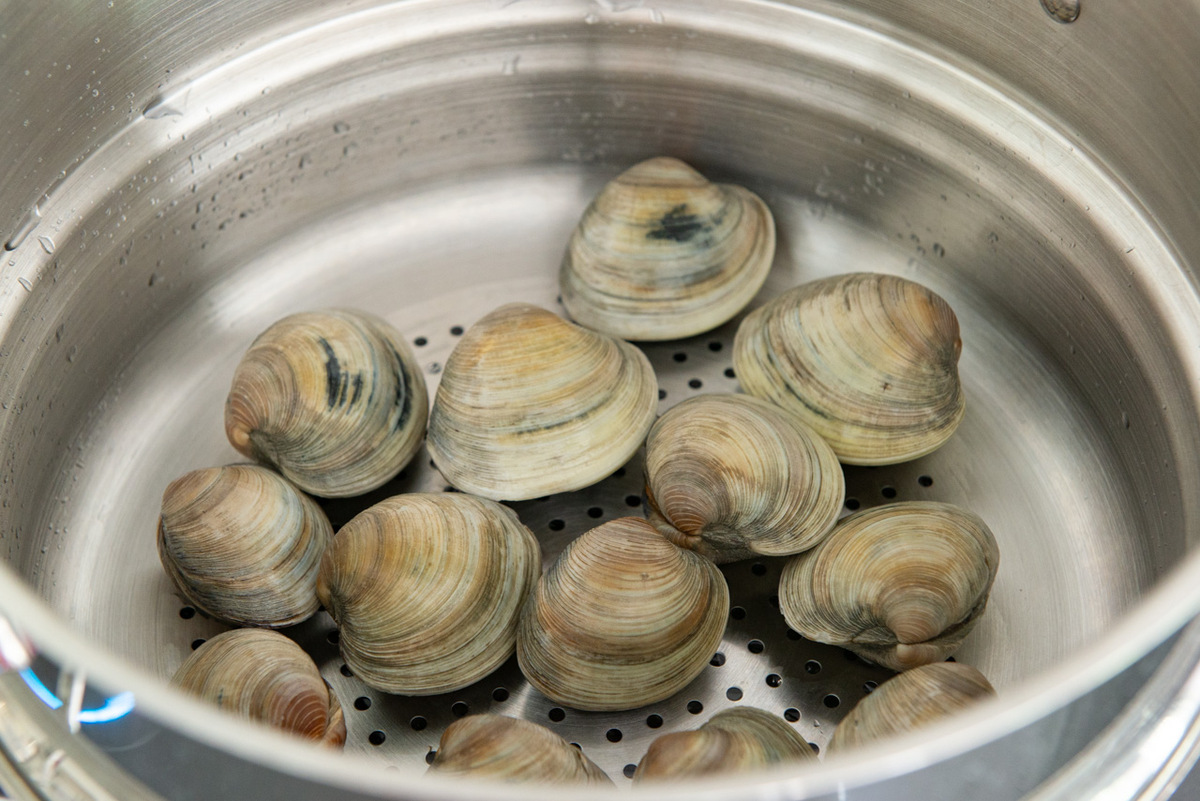
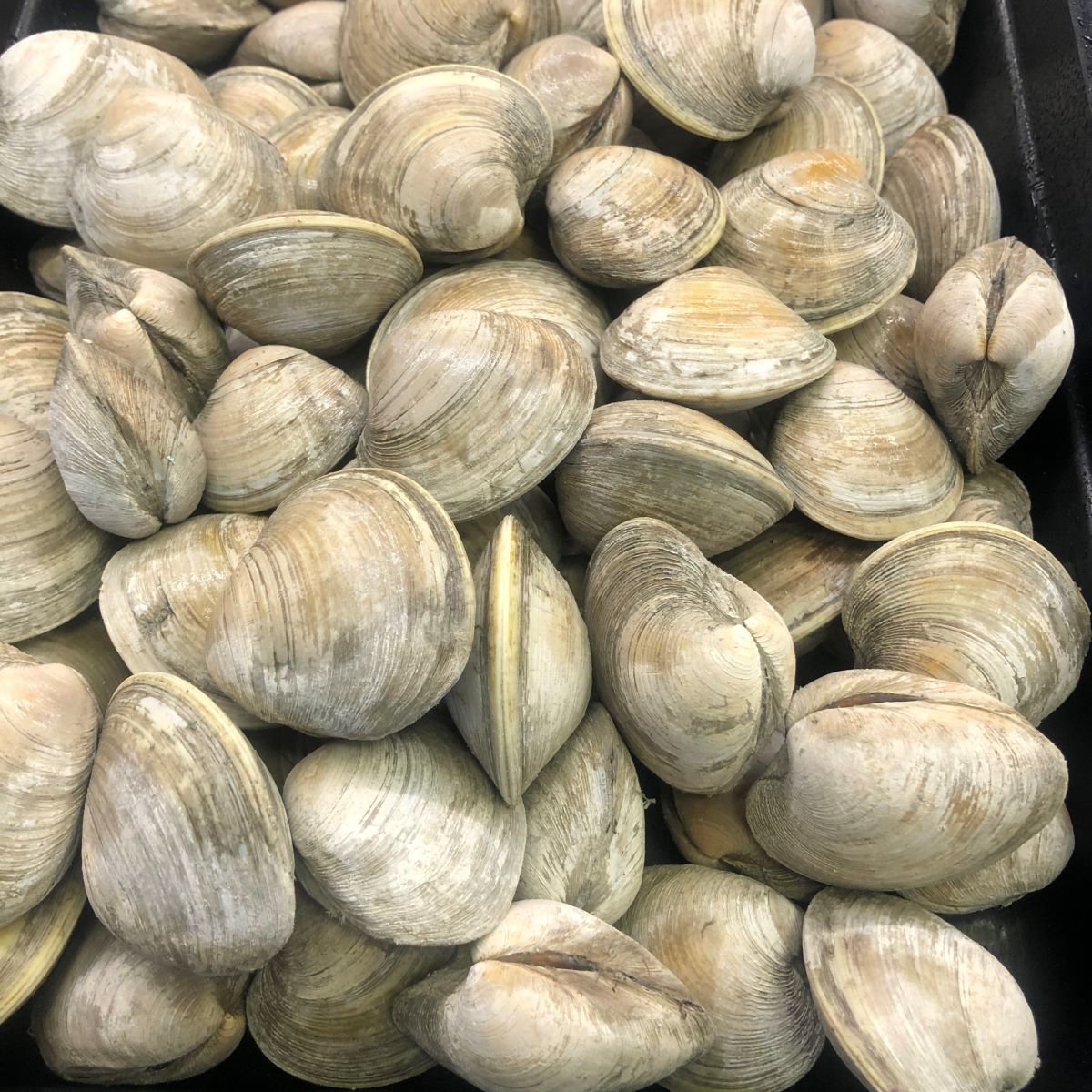
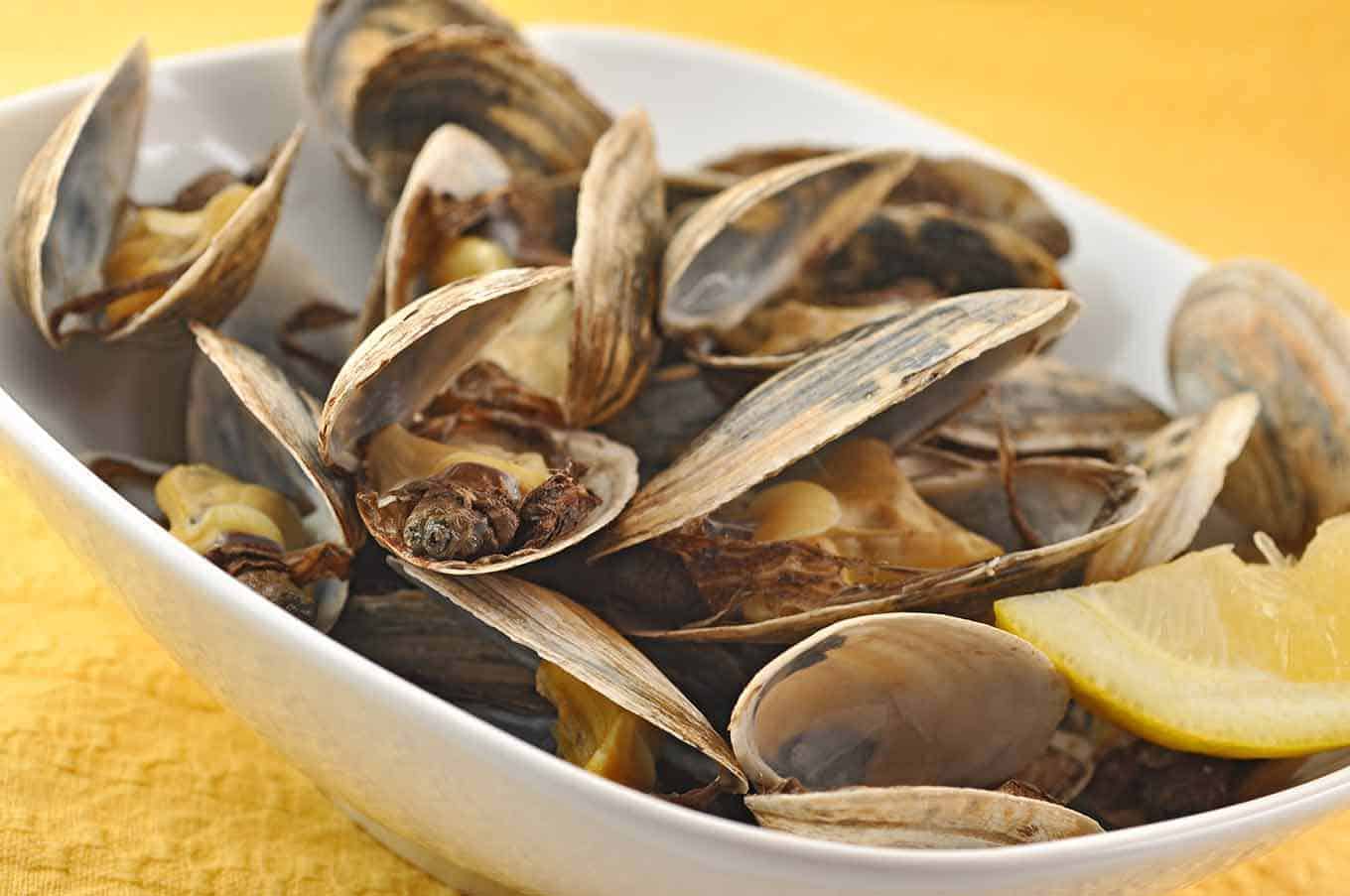
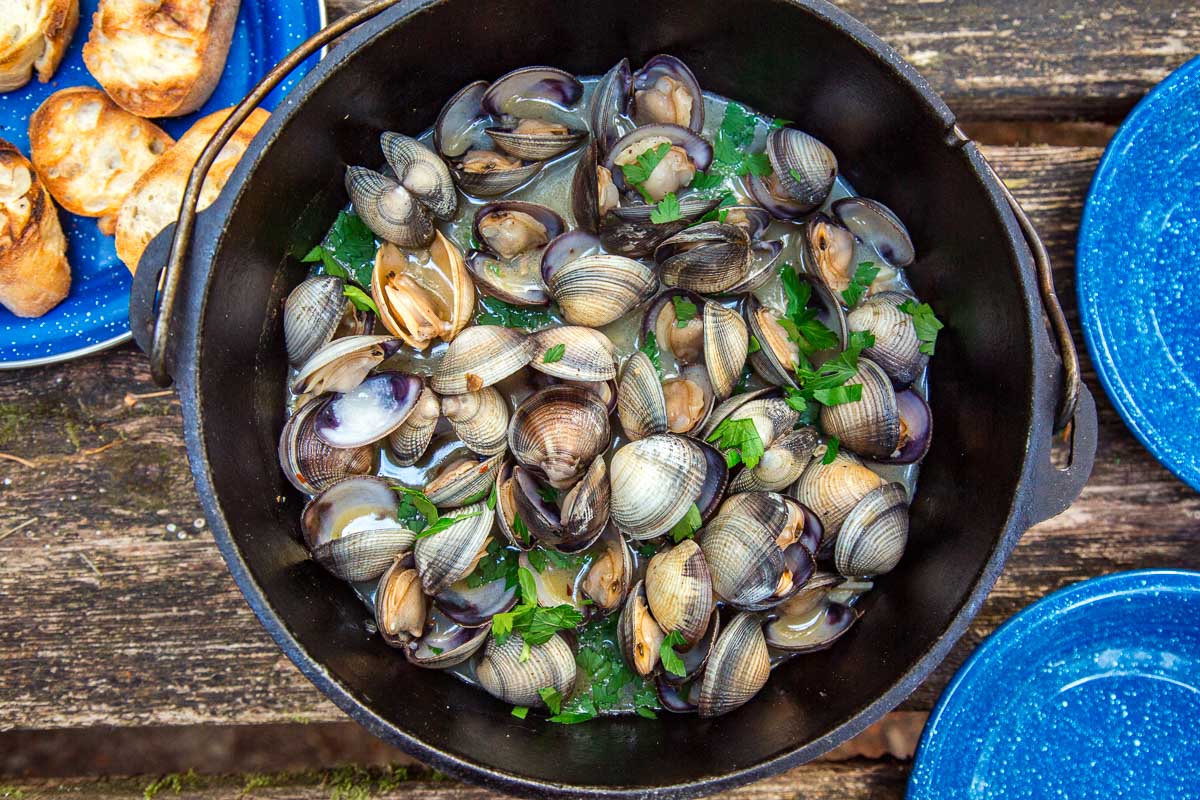
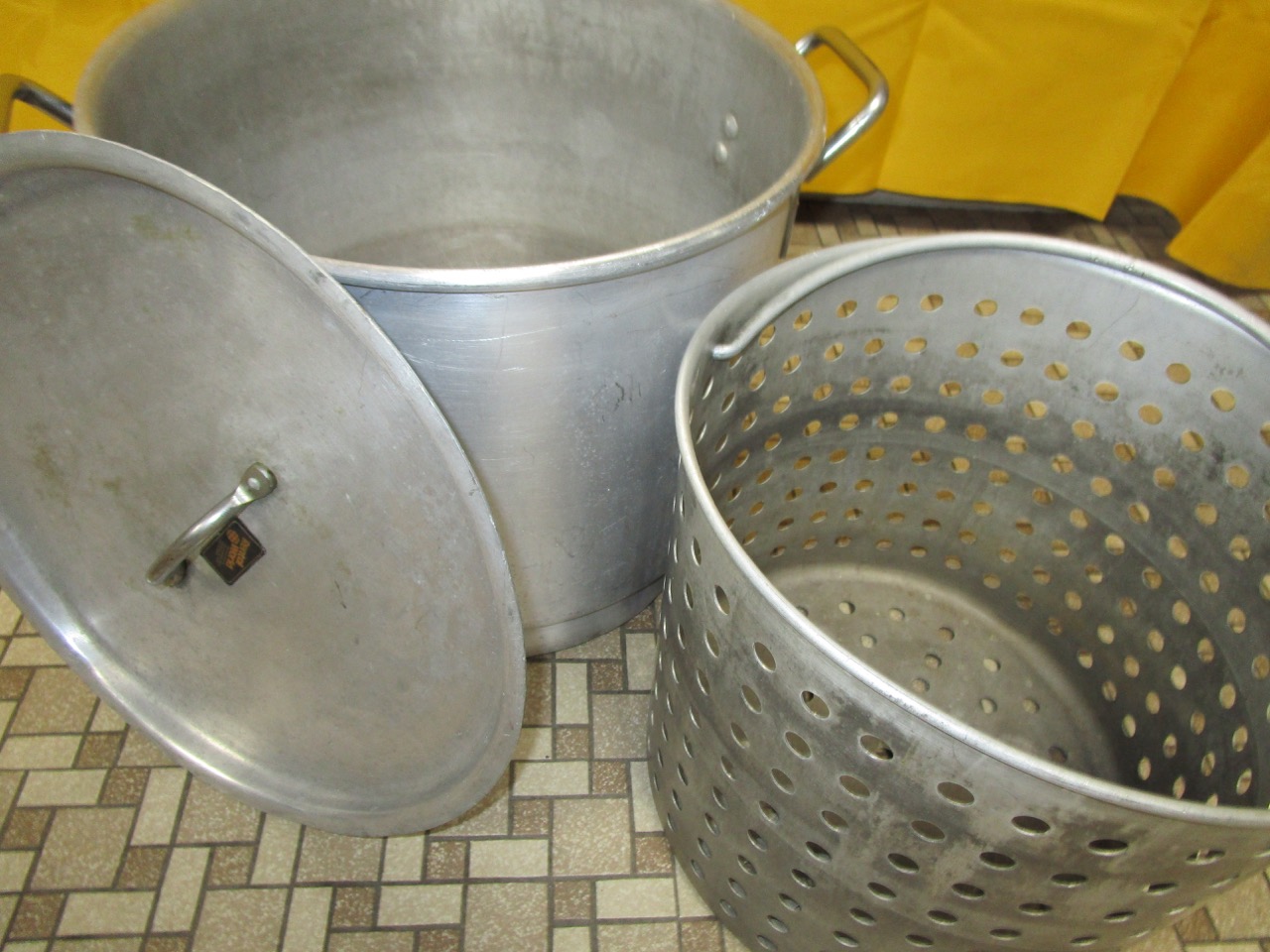





0 thoughts on “How To Store Mussels And Clams”